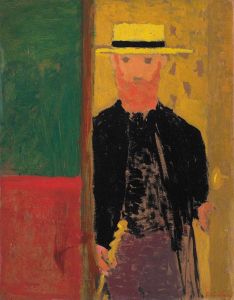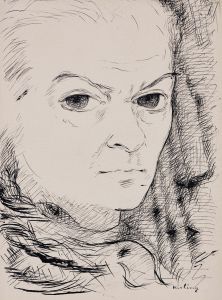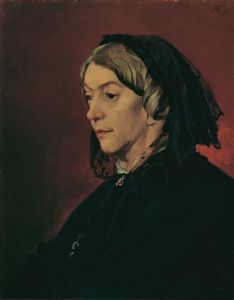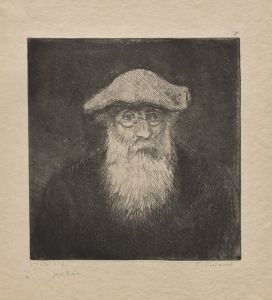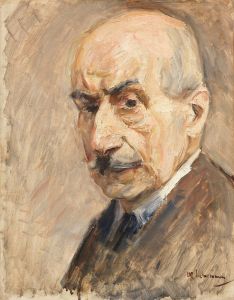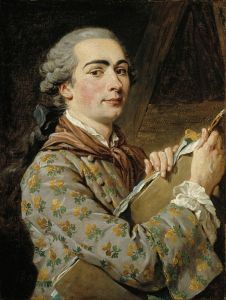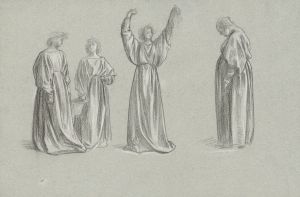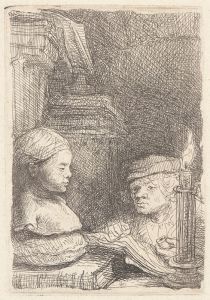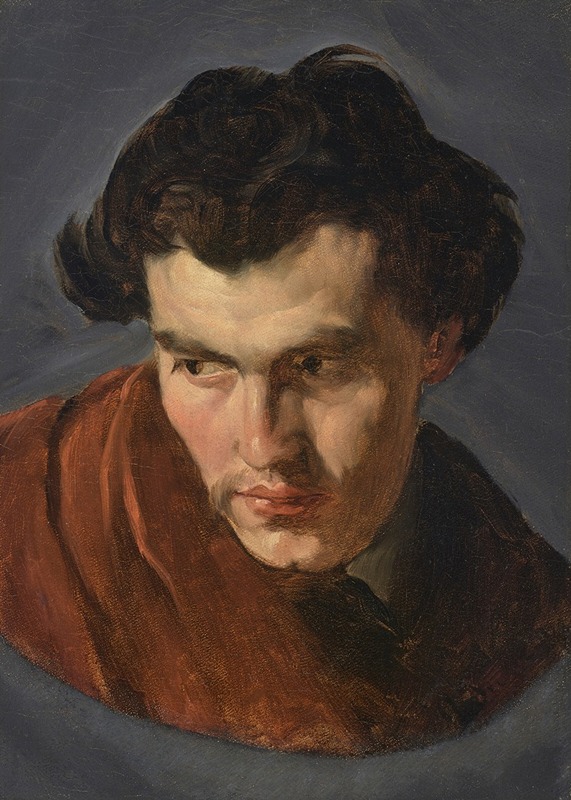
Selbstbildnis
A hand-painted replica of Anselm Feuerbach’s masterpiece Selbstbildnis, meticulously crafted by professional artists to capture the true essence of the original. Each piece is created with museum-quality canvas and rare mineral pigments, carefully painted by experienced artists with delicate brushstrokes and rich, layered colors to perfectly recreate the texture of the original artwork. Unlike machine-printed reproductions, this hand-painted version brings the painting to life, infused with the artist’s emotions and skill in every stroke. Whether for personal collection or home decoration, it instantly elevates the artistic atmosphere of any space.
Anselm Feuerbach's "Selbstbildnis" (Self-Portrait) is a notable work by the German painter, who was one of the leading figures of the 19th-century German art scene. Feuerbach, born on September 12, 1829, in Speyer, Germany, was a prominent representative of the Düsseldorf school of painting, which was known for its detailed and realistic style. His works often reflect a deep engagement with classical themes and figures, and he is celebrated for his contributions to the German Romantic movement.
The "Selbstbildnis" is a self-portrait that exemplifies Feuerbach's skill in capturing the human form and expression. Although specific details about the creation date of this particular self-portrait are not widely documented, it is understood to be one of several self-portraits he painted throughout his career. Feuerbach's self-portraits are significant as they provide insight into his self-perception and artistic evolution over time.
Feuerbach's approach to self-portraiture was influenced by his academic training and his exposure to the works of the Old Masters. He studied at the Düsseldorf Academy, where he was taught by Johann Wilhelm Schirmer and later moved to Munich and Paris, where he continued his studies. His time in Paris exposed him to the works of Eugène Delacroix and Gustave Courbet, which left a lasting impact on his style.
In his self-portraits, Feuerbach often presents himself with a contemplative and introspective demeanor, reflecting the Romantic ideal of the artist as a solitary and thoughtful figure. His use of light and shadow, as well as his attention to detail, demonstrate his technical proficiency and his ability to convey mood and emotion.
Feuerbach's career was marked by his time in Italy, particularly in Rome, where he became part of the German expatriate community of artists. This period was crucial for his artistic development, as he immersed himself in the study of Renaissance art and classical antiquity. The influence of Italian art is evident in his works, including his self-portraits, which often feature a harmonious composition and a refined sense of form.
Despite his talent, Feuerbach struggled with recognition during his lifetime. His work was often overshadowed by the more popular styles of his contemporaries, and he faced challenges in gaining acceptance in the German art world. Nevertheless, his self-portraits, including the "Selbstbildnis," are now appreciated for their introspective quality and their contribution to the understanding of 19th-century German art.
Feuerbach passed away on January 4, 1880, in Venice, Italy. Posthumously, his reputation grew, and he is now regarded as one of the significant figures in German art history. His self-portraits remain a testament to his skill and his enduring quest to explore the depths of human emotion and identity through art.





